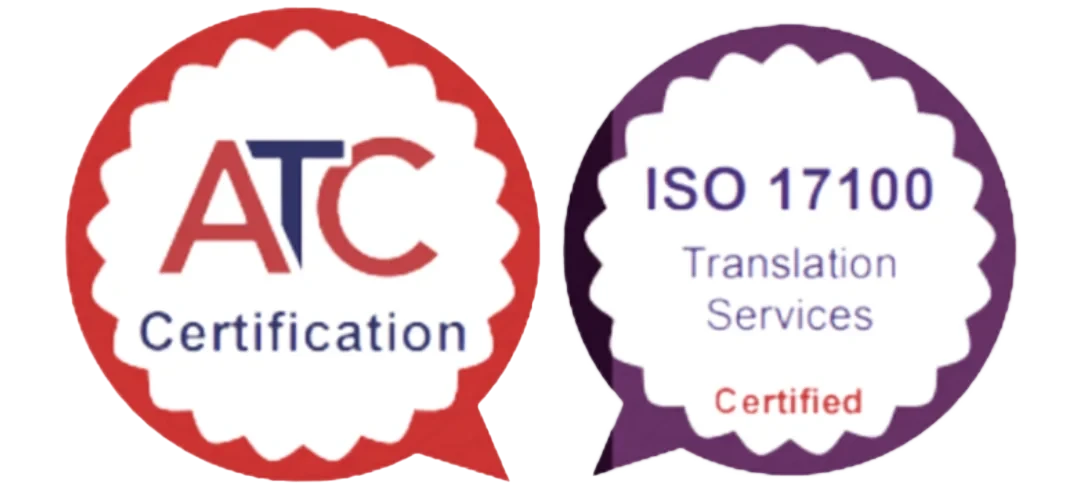Your wish list:
- Accurate and high-quality translations
- Increase sales opportunities and revenue with limited translation budgets
- Want AI translation, but don't know where to begin
- Translation by local linguists with industry expertise
- Culturally appropriate translations
- Support for a wide range of language pairs
- Confidentiality and data security
- Someone to take care of my translation needs from end to end

Get your content translated.
On Time. On Budget. With Quality.
Our translation process ensures that all our work is performed and double-checked by domain experts specifically chosen for your projects.
We translate into over 100 languages using our expansive database of more than 2,000 active linguists.
Through GDPR-compliance, confidentiality agreements, regular audits and robust systems, we ensure that your proprietary information is kept secure throughout the translation process.
We use a combination of human expertise and AI-powered technology to bring you the best of both worlds in terms of quality, speed and cost-effectiveness.
Expert linguistic and cultural review of AI translations, videos and synthetic voice-over
Our years of experience and technological solutions allow us to take care of all your translation needs so that you can concentrate on growing your business.
Professional Translation Services

Document Translation
We can confidently translate all your day-to-day business and financial documentation, such as corporate correspondence, HR documents, emails, meeting notes, CEO addresses and investment reports.

Marketing Translation
We creatively transform your marketing and advertising content including brochures, flyers, videos, press releases and ad campaigns.

Legal Translation
We have legal experts on hand to accurately translate and certify all your official documents, including contracts, agreements, court documents, birth and marriage certificates, passports, driving licenses, and immigration-related documents.

Technical Translation
Our teams of domain experts are well-equipped to translate a wide variety of technical documents includingmedical, manufacturing, automotive and engineering materials.

Human Validation of AI Translations
Our experts meticulously review AI-generated translations ensuring cultural nuance, contextual accuracy and fluently across global markets.
Braahmam's services are all backed by ISO certification and 24+ years of experience in the localization industry.

Localization of a Business Conduct Course in German and Dutch
Our client, a specialist in geotechnical solutions, wanted a Code of Business Conduct course tailored for their employees in both German and Dutch.
Multilingual Captions Translation and Integration for Marketing Videos
Our client, a leader in 3D printing and additive manufacturing solutions, sought to expand their market reach through localized marketing videos.




















